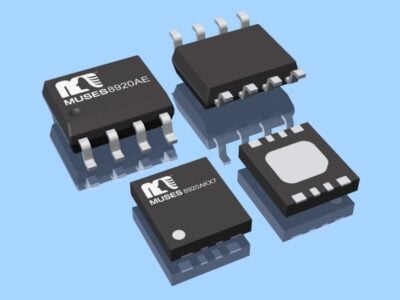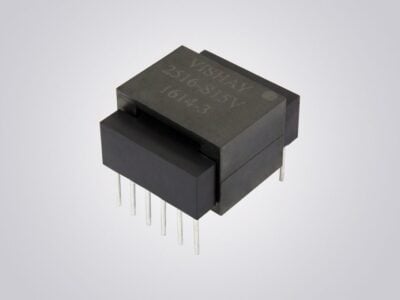
On-board optics module achieves record bandwidth
Ceramics and electronics manufacturer Kyocera has announced that it has developed an on-board optics module that achieves world-record bandwidth of 512 Gbps. The module is expected to support high-speed network applications, such as data centers.
Additionally, by converting electrical signals into optical signals, the module uses much less power than conventional alternatives and will also help decrease power consumption and promote sustainability. The prototype module is miniaturized for installation on a printed circuit board near the processor, allowing electronic data to be converted into optical signals instantaneously.
In addition, the product is designed to create unprecedented improvements in signal-to-noise ratio, virtually eliminating the signal loss caused by conventional electrical conductors. As a result of these technological advances, says the company, its on-board optics module has achieved world-record bandwidth of 512 gigabits per second (Gbps) and is expected to help data centers and supercomputers save power while increasing bandwidth and data transfer rates.
In the future, says the company, to support innovations like autonomous driving and the metaverse, more data centers will need to be built to reduce latency and shorten the distance to end-users. This module contributes to miniaturization by achieving high speed and large capacity in a small form factor, allowing data centers to be built in urban and other higher-population-density areas.
The prototype product features include:
1) Power Savings
Copper conductors are usually needed to send and receive electrical signals; however, even the best copper conductors introduce electrical resistance that results in signal loss. Kyocera’s new on-board optics module converts the electrical signal from the processor into a low-loss optical signal on the circuit board. In addition, data can be received as optical signals until just before reaching the processor, further reducing signal loss and power consumption.
2) World-Record Bandwidth, Larger Capacity
The largest bandwidth among on-board optics on the market today is 100 Gbps; Kyocera’s module achieves a world-record 512 Gbps bandwidth, over 5x greater than conventional products. Such large bandwidth is possible because the module uses a Low-Temperature Co-fired Ceramic (LTCC) mounting substrate developed by Kyocera, which offers exceptional material characteristics, such as fine wiring, low dielectric constant, multilayering, and thermal conductivity.
3) Space Savings
Kyocera’s module measures just 43.5 x 30 x 8.1 mm, allowing world-record 512 Gbps bandwidth for high-capacity data transmission even in a limited space. This will help customers build faster, more space-efficient data centers.
Specifications include 16 channels of 32 Gbps/channel, 512 Gbps total optical transmission and reception; four sets of eight-channel multimode optical fibers, each four-channel optical transmission, and reception; and power consumption of 9W, equivalent to 18 mW/Gbps. The company says that it will continue to test its on-board optics module technology with partner companies to achieve commercialization as early as possible.
 If you enjoyed this article, you will like the following ones: don't miss them by subscribing to :
eeNews on Google News
If you enjoyed this article, you will like the following ones: don't miss them by subscribing to :
eeNews on Google News




